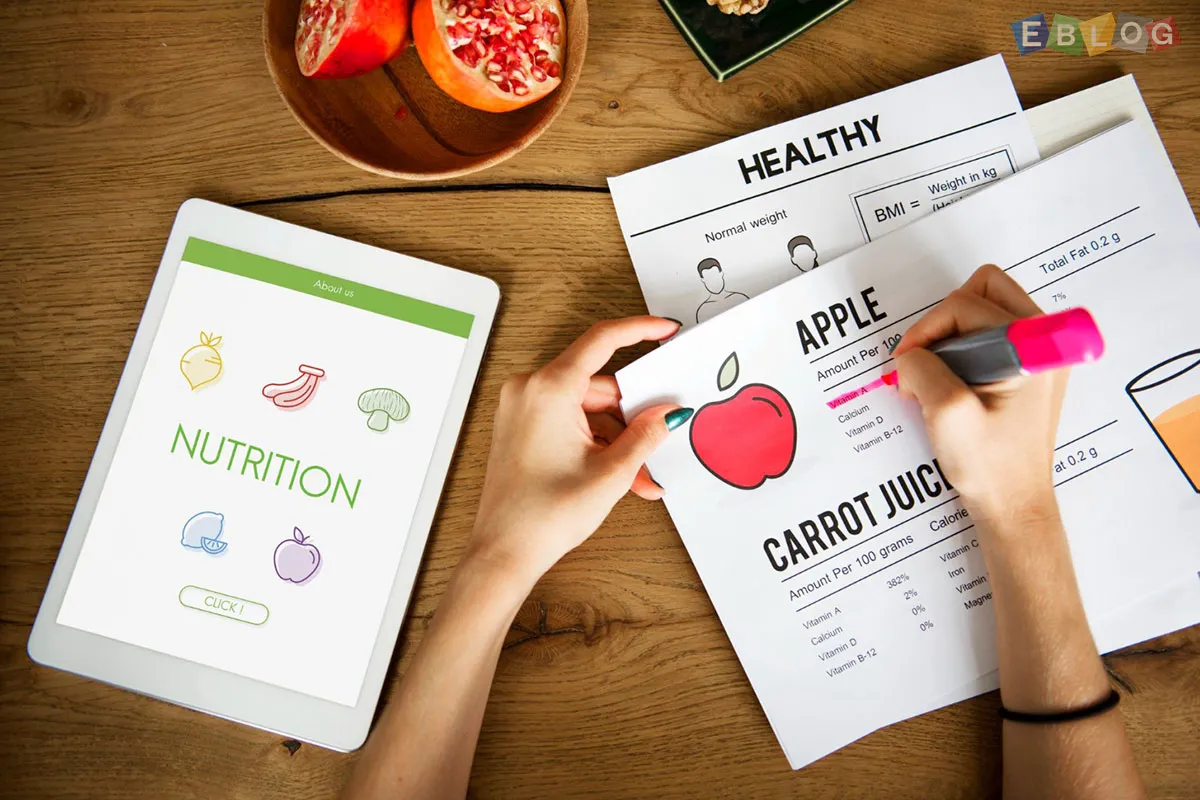
How to Read Nutrition Labels Like a Pro
In today’s world, where supermarket shelves are filled with endless options, understanding nutrition labels is one of the best ways to make healthier food choices. Whether you’re trying to lose weight, manage a condition, or simply eat better, knowing how to decode food labels can help you take control of your diet. Let’s dive into how you can read nutrition labels like a pro!
What Is a Nutrition Label?
A nutrition label provides detailed information about the nutrients and ingredients in a food product. It helps you understand what you’re consuming — from calories and fats to vitamins and minerals. By learning to interpret these details, you can make smarter, more informed choices about what you eat.
Step-by-Step Guide to Reading Nutrition Labels
1. Start with the Serving Size
The serving size is the first thing you should check. It tells you how much of the product the nutrition facts are based on.
Tip: If you eat more or less than the serving size, you need to adjust the numbers accordingly.
2. Check the Calories
Calories indicate how much energy you’ll get from one serving. To maintain a healthy weight, balance the number of calories you consume with the number you burn throughout the day.
Low-calorie food: 40 calories or less per serving
Moderate: 100 calories
High: 400 calories or more
3. Look at the Macronutrients
These are the nutrients your body needs in large amounts:
Total Fat: Includes saturated and trans fats. Choose foods low in saturated fats and avoid trans fats altogether.
Cholesterol & Sodium: Keep these low to support heart health.
Total Carbohydrates: Includes sugars, starches, and fiber. Aim for foods high in fiber and low in added sugars.
Protein: Essential for muscle repair and energy.
4. Focus on Fiber and Added Sugars
Fiber keeps you full and aids digestion. Aim for at least 25–30 grams per day.
Added Sugars contribute to weight gain and chronic diseases. Try to limit them to less than 10% of your daily calories.
5. Check the % Daily Value (%DV)
The %DV shows how much a nutrient in one serving contributes to your daily diet.
5% or less: Low in that nutrient
20% or more: High in that nutrient
Pro Tip: Aim for high %DV in fiber, vitamins, and minerals — and low %DV in sodium, added sugars, and saturated fat.
6. Scan the Ingredient List
Ingredients are listed in order of weight — from most to least.
Look for whole foods like “whole wheat,” “brown rice,” or “oats.”
Avoid long lists filled with artificial additives, preservatives, or unpronounceable ingredients.
Smart Tips for Reading Labels
Don’t be fooled by marketing terms like “low-fat,” “natural,” or “organic.” Always check the nutrition facts.
Compare similar products — for example, two brands of granola — to see which has less sugar or more fiber.
Remember: Just because something is vegan or gluten-free doesn’t automatically mean it’s healthy.
Final Thoughts
Learning how to read nutrition labels empowers you to make better dietary decisions every day. Once you know what to look for, you’ll be able to spot hidden sugars, unhealthy fats, and misleading claims with ease.
Next time you’re grocery shopping, grab a product, flip it over, and read the label like a pro — your body will thank you for it!





Leave a Reply